I always like to imagine what a place looked like in ancient times. Who walked here, what happened and how did it became what it is today. Tourteron build on a small ridge must obviously have a rich history. And we’re not talking about the two wars of the last century.
During the Gallo-Roman period the Ardennes were a part of Gallia Belgica. It was populated by the Remi and other tribes. Possibly the Remi lived here since the ridge offers natural protection. There are still only two ways into town. It must have been a good choice to settle here.
As we know the Romans build routes in all directions. Reims (60km south of Tourteron) was a true interchange of that time. For instance it’s on the road from Rome to England and from Central France to Cologne. That road must have passed Tourteron in a certain radius since it connect Reims and Charleville-Meziérès. Although back then there was only Meziérès. Charleville was erected from scratch only 1600 years later.
In the Roman period Meziérès was called Castricum.
The best proof that the Ardennes played a role in ancient Roman time is a forgotten battle.
Julius Caesar himself went to battle here at Bibrax, now an insignificant little village south of Laon. The so called Battle of the Axona (Aisne) was fought in 57 BC, between the Roman army of Gaius Julius Caesar and the united Belgae. Over 300.000 soldiers were defeated by the only 40.000 men under Caesar.
You can still see the fortress of Bibrax in the fields between Laon and Soissons.
The Roman almost paved the Ardennes with roads and military camps. Some camps turned into towns. The traditional shape of the castellum can still be seen in Ambonnay, La Neuville-en-Tourne-à-Fuy and Suippes. Mostly with a rectangular north/south and east west lay-out.
Both castra were carefully planned to protect the road. Ambonnay to protect the road between Reims (Durocortorum) and Chalons-en-Champagne (Durocatalauni). Suippes to protect the road from Chalons-en-Champagne to Cologne passing Attigny and possibly Tourteron.
So maybe – really maybe – we might have seen ox carriages passing our mill a little 2000 years ago.
About the battle of the Axona
http://nl.wikipedia.org/wiki/Slag_bij_de_Aisne
http://en.wikipedia.org/wiki/Battle_of_the_Axona
http://aisne.com/La-ville-feodale-de-Bibrax
http://www.arbre-celtique.com/encyclopedie/saint-thomas-vieux-laon-bibrax-3284.htm
About castellums
http://www.vilters-vanhemel.be/belgie_romeineninbelgie.html
http://en.wikipedia.org/wiki/Castra
About Roman roads
http://fr.wikipedia.org/wiki/Chaussée_romaine
http://fr.wikipedia.org/wiki/Voies_romaines_en_Gaule
About Miles
http://nl.wikipedia.org/wiki/Milliarium








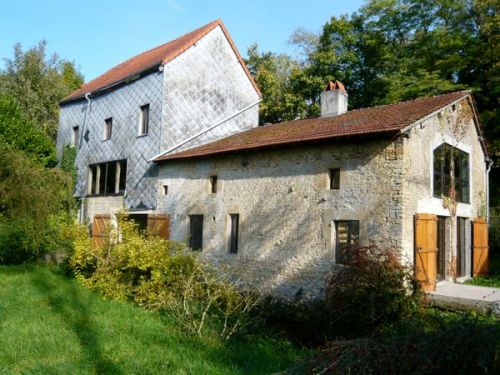
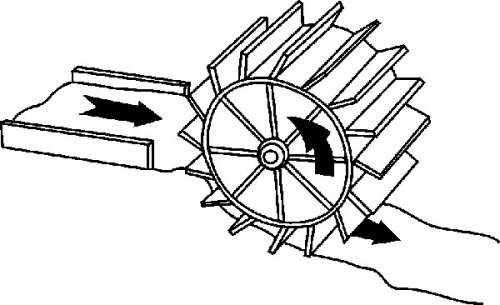
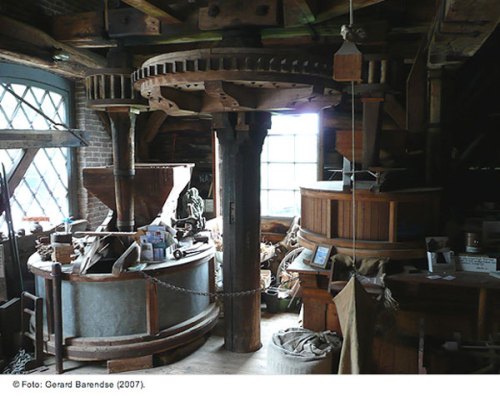
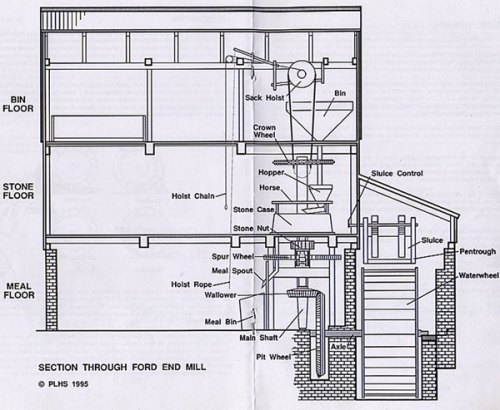
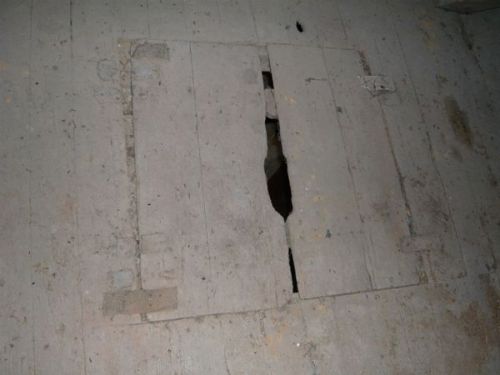
![Reblog this post [with Zemanta]](https://i0.wp.com/img.zemanta.com/reblog_e.png)











